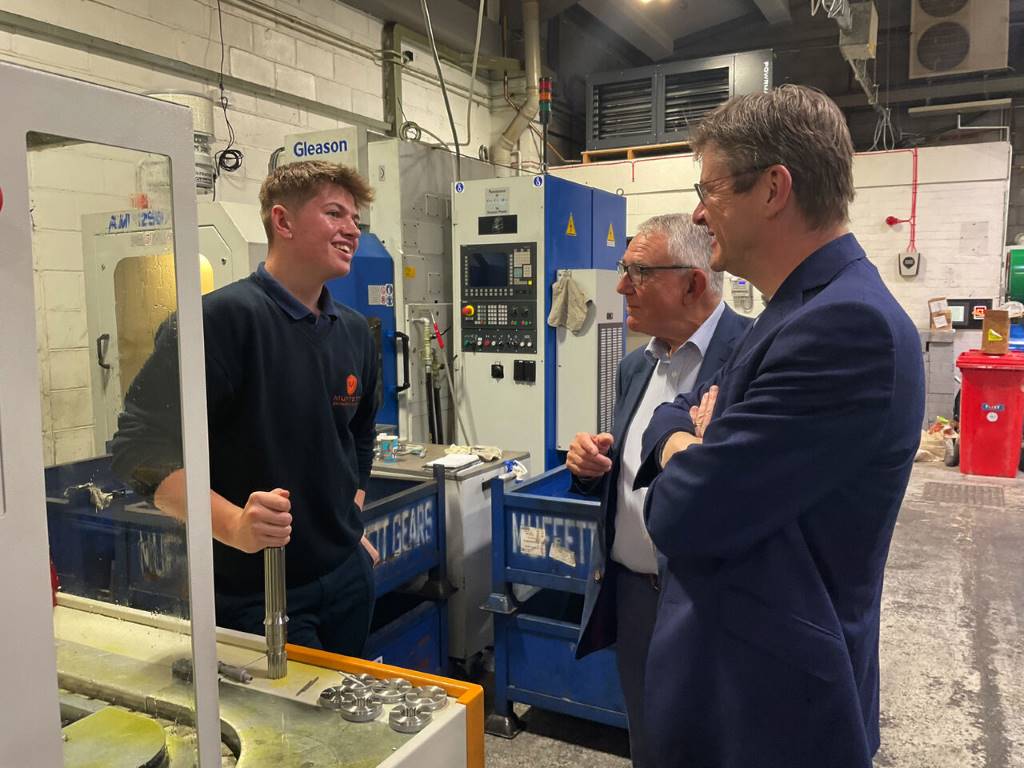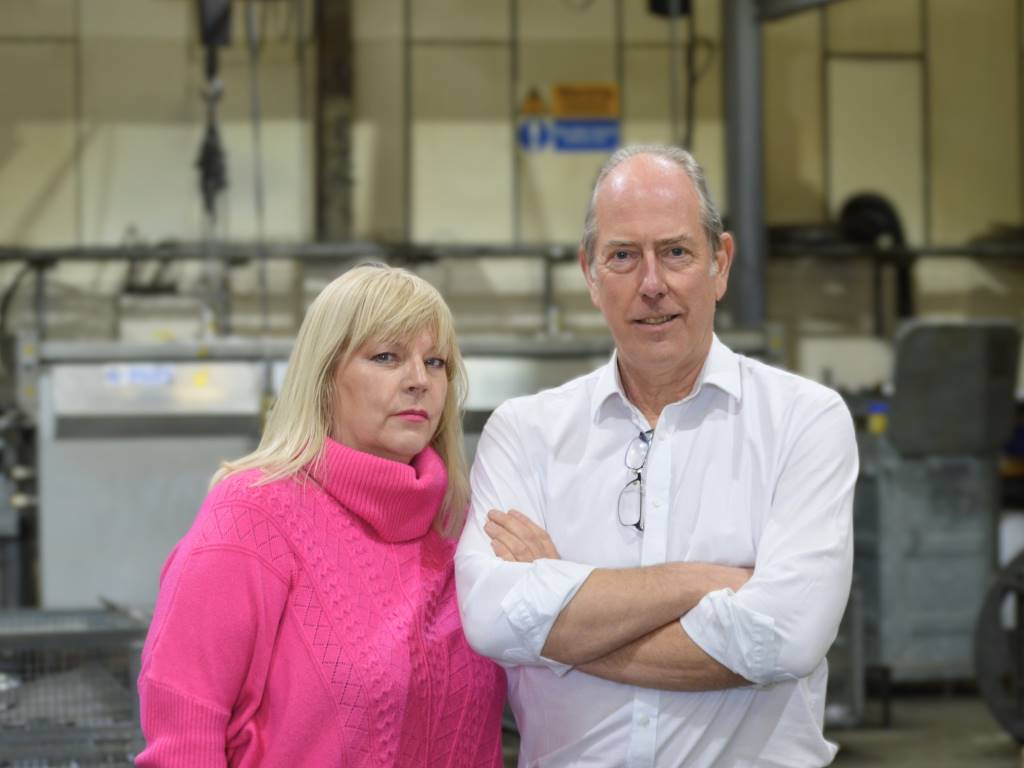Software solution for conveyor system

A long-established Newbury-based engineering subcontractor has invested in a DMC machining centre and Edgecam software in order to win long-term new business from a food company.
g>
Engineering Solutions & Supply was asked to manufacture complete kits of tooling to ensure that glass jars were in the right position at the right time on a conveyor system, to be filled with food products. It included feed scrolls and the associated base plates, base clamps, star heels and centre guides.
The company serves a wide range of businesses; from local industry to the European Space Agency.
Workshop manager Neil Hutt says: “We make parts for agricultural equipment at one end of the scale, while at the other, one of our sensor assemblies is on its way to Mars.”
However, as their its CNC machinery at the time was not able to produce what was required for the complex feed scrolls, it decided to invest in a DMC DM50V machining centre with a Samchully fourth axis, which Mr Hutt says is vital for that particular component.
“Even with the new machine, I was having issues with our CAM software; in particular, the cycle would not flow. I knew how I wanted it to work, but could never achieve it with our CAM system; I had to segment the operation and do it in several stages, when what I really needed was to program it, press go and let it run from start to finish with confidence. The surface finish wasn’t good, either, with dig-ins.”
The company observed demonstrations from a number of CAM specialists before choosing Edgecam from Vero Software. This had also been recommended by Dave Clarke, of the recently launched CIS Product Proving Centre, which has a CAM partnership with Edgecam.
Mr Hutt explains: “Compared to our previous software, Edgecam is more logical with a user- friendly interface. It’s easier to see the way we want to do things and then to carry them out.” Edgecam provides a continuous cycle, producing exactly what was modelled, avoiding the dig-ins that were happening previously and giving an excellent surface finish.
Manufactured from black Nylon 6 billets, two feed scrolls of different lengths turn in opposite directions to guide the glass jars to the filler head so they are at the pocket at the correct time.
“The geometry is a variable pitch equation curve which increases the speed of the jar as it passes through the scroll,” adds Mr Hutt. “As each jar enters the scroll we separate them with an offset lug. We found that without this the next jar in line was coming in too quickly, resulting in a blockage. To add to the complexity of the geometry, we needed to make the width of the groove that the jar sits in wider as the pitch gets faster, otherwise the jars would catch on the trailing edge of the flutes. With Edgecam it’s simple to ensure completely accurate geometry.”
During the initial training process Edgecam engineer Dave Currah stored commands for each cycle in separate PCI files: “These are vital for every scroll we do now,” he explains. “I use the same PCIs over and over, just selecting different geometry. Two of the PCIs are used twice – those for roughing and the finish to the bottom and top – with the flute cycle needed only once.
“The scroll starts as a 100mm diameter billet of Nylon 6 which is pre-turned and faced to length. Then we skim to OD down to about 96mm and put the hole through the middle of the shaft which runs on two bushes at either end. It then goes on to a fixture on the face of the fourth axis, with two drive dowels and a tailstock at the other end. The complete job is machined using an 8mm bullnose cutter. As it’s Nylon we do a constant, roughing helix of a 3mm pitch running the entire length, with a 10mm offset to the finished geometry.
“We then repeat the cycle, but with a 0.5mm offset to the finished geometry which gives us the rough shape. We finish on a 0.5 step-over for the top and bottom of the peaks, with each side of the flutes finished on a separate cycle using a 0.25mm step-over.”
Programming now takes between 30-45 minutes using the PCIs. The size and shape of each jar requires its own set of tooling. There are approximately 100 different variations of the scroll systems already in operation and Mr Hutt anticipates the company will need to make a full tooling set, including the associated parts that go with it, every six months.
He says there are multiple food manufacturers nationally which use the same type of scroll to control the flow of jars, bottles and tubs into a specific part of the machine for filling. Edgecam has now provided the confidence to tender for the work.
“We can now provide our own solution to companies, for around half the cost charged for this part of the operation by the manufacturer of the overall conveyor system.”
EDGECAM www.edgecam.com
ENGINEERING SOLUTIONS & SUPPLY www.engsol.co.uk













